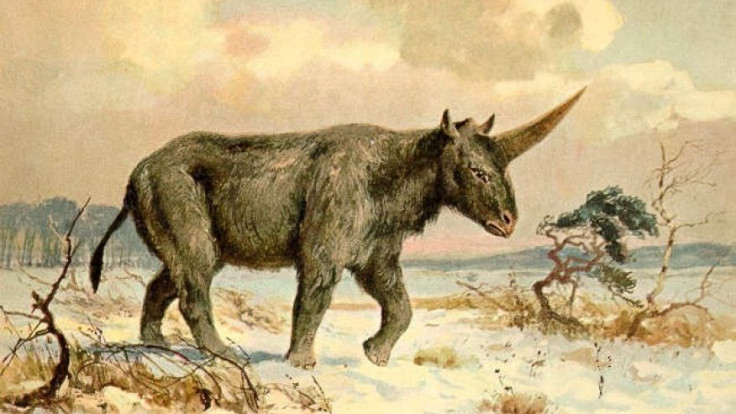Unicorn-like creatures did exist and probably lived alongside humans

Palaeontologists have found the skull of a unicorn-like creature which roamed the Siberian plains up to 29,000 years ago, meaning they lived alongside humans in the region. Although proof of the existence of the "Siberian rhinoceros" has been found before, scientists previously believed they died out some 350,000 years ago.
Human skulls form the same region have been dated to as long as 45,000 years ago, meaning humans and the huge creatures may have shared the region for thousands of years. The skull fragment was found near Kozhamzhar village in Kazakhstan by scientists from Tomsk State University (TSU). The findings were published in the American Journal of Applied Sciences.
"Most likely, in the south of Western Siberia it was a refúgium, where this rhino had preserved the longest in comparison with the rest of its range," said TSU paleontologist Andrey Shpanski. "There is another option – that it could migrate and dwell for a while on the more southern areas."
Determining how the animal survived as the climate changed and why it eventually went extinct could help scientists make predictions about how current larger species will fare as the climate changes. "Understanding of the past allows us to make more accurate predictions about natural processes in the near future," said Shpanski.
Although the exact size of the "unicorn" is unclear because only part of its skull was found, it is known to have had a long rhino-like horn and was probably about 9ft (2.7m) tall, 15 ft (4.5m) long and weighed about 9,000 pounds (4,000kg).
Despite its vast size, the creature might still have been hunted by early man – who also hunted woolly mammoths in the same region. Whether the creature was the inspiration for the mythical unicorn is unclear, however, as it more closely resembled a hairy rhino rather than a horse.
© Copyright IBTimes 2025. All rights reserved.






















